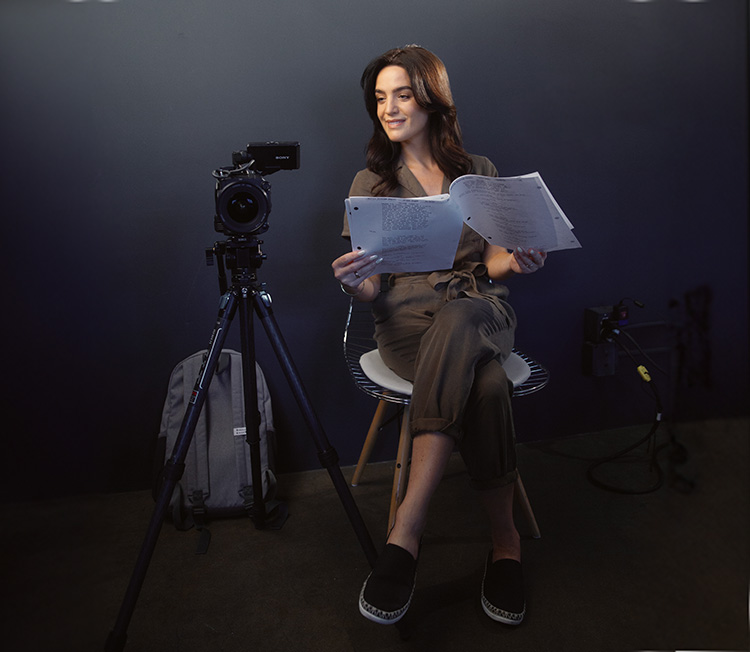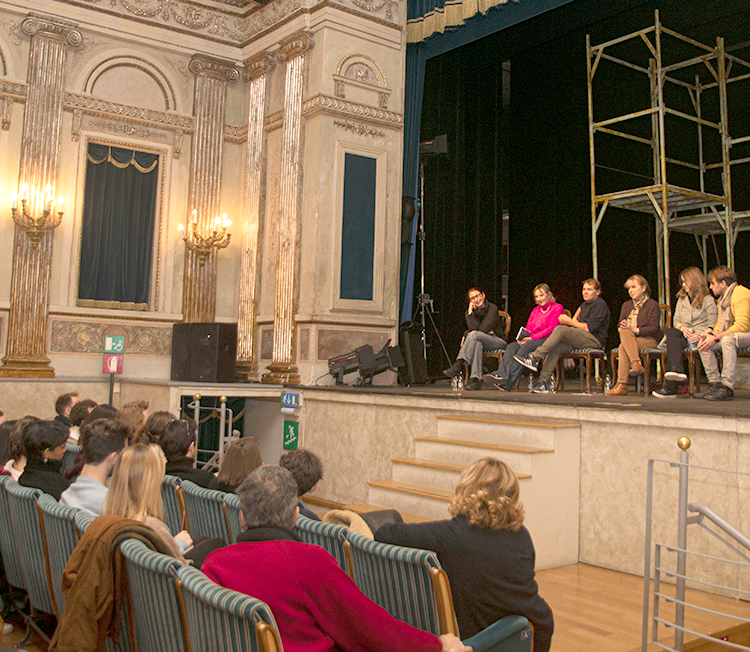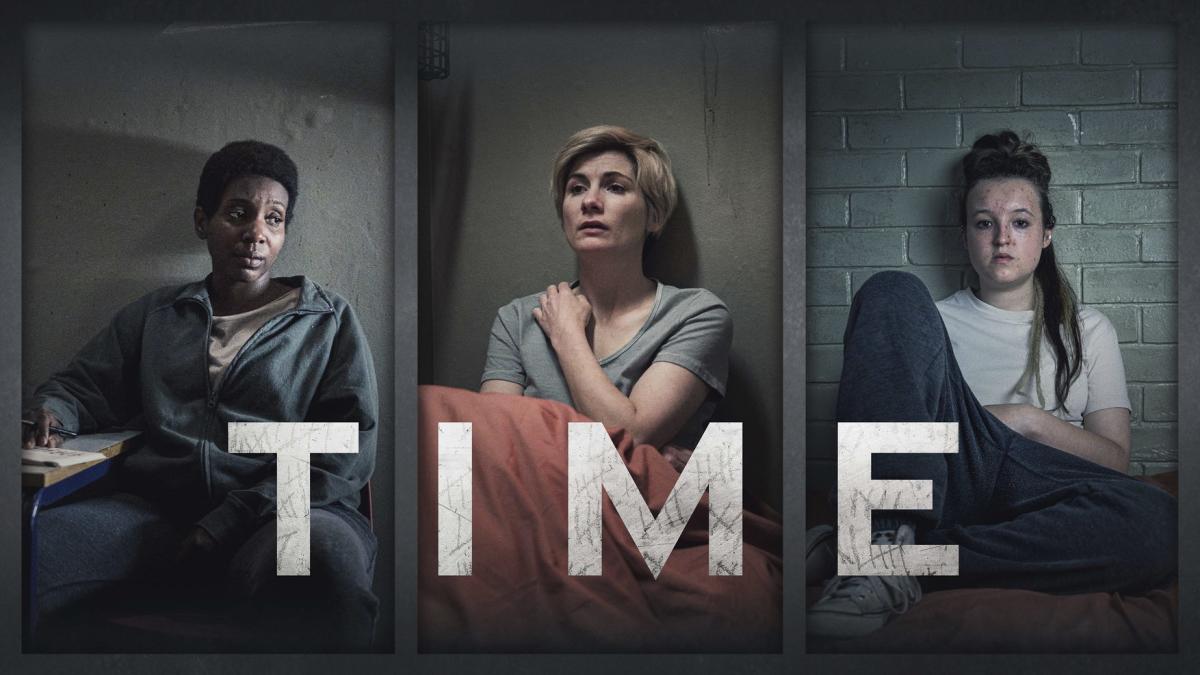Performer Jeremiah Krage explores a new, rapidly evolving market hungry for talented performers; Voice-first content.
it’s tremendously exciting that this new technology has so much creative potential, and that our industry has so much to contribute
What is voice-first?
Voice-first content is anything delivered via a Voice User Interface (VUI) as part of a Voice-based User eXperience (VUX). The names may sound highly technical, but chances are you’ve already used one of these. If you’ve ever verbally asked your phone to set an alarm or search for something online, then you’ve experienced VUI. If you’ve used a virtual assistant such as Amazon’s Alexa or the iPhone’s Siri, then you’ve engaged with VUX.
What’s particularly exciting about this space is that the rules are still being written. It’s so new, and evolving so quickly, that developers and content creators are still experimenting with how best to use this technology. And this is good news for those of us in the performance community.
Developers were the first in the space, so they weren’t coming from a creative background
The very first voice apps were created by technologists and developers testing the potential of voice-interaction, largely using existing information and artificial voices. This has led to a huge array of “tell me the weather”, and “what sound does a chicken make” style apps. But things are starting to get more interesting…
As big brands and businesses begin to appreciate the power of creating interactive experiences for their customers in their own homes, a new style of voice-enabled app is emerging. These are highly designed, creative experiences intended to genuinely engage users. And the artificial voices of Alexa and Siri just aren’t up to the task. This means a growing need for voice actors and scriptwriters to help shape and perform that content.
it’s back to real humans… [VUX has] become a much more personal medium.
VUI needs voice talent and scripts
The voice-first industry is rapidly moving away from brief, factual exchanges to creating relationships and experiences, and this means using real human voices to create a sense of connection.
Can you read scripts in a way that sounds conversational, warm and friendly? Can you sound enthusiastic about a new cleaning product? Brands developing content for the voice-enabled space need to create a user experience that both represents their brand, and creates a trusted relationship with users. The emphasis here is on voices that are both unique and genuine, creating opportunities for regional accents, distinctive tonalities, and idiosyncratic delivery.
There is also a growing audience for interactive storytelling. Early examples were Choose Your Own Adventure style stories, but this is quickly expanding to include ambitious creations with high production values and complex storylines. Genres range from zany children’s stories to interactive psycho-thrillers, all requiring original scripts and character voices.
A third area of growth is interactive material that allows fans to continue to engage with their favourite content, be it a Triple-A video game such as Tom Clancy’s The Division 2, or a hit TV show like NBC’s Mr. Robot. This means generating additional storylines and introducing new characters that didn’t exist in the original property.
Getting into the industry
If you’re interested in exploring voice-first as an additional medium for your craft, here are a few places to start:
- Get familiar with the landscape; engage with a wide variety of voice apps. One of the quickest ways is to visit Amazon’s Alexa Skills page where you’ll find skills listed by category and rated by users. Have a go with a few that catch your eye and listen to how they’re constructed. You’ll quickly get a feel for the basic format: an introduction followed by a question or a series of options. How you respond determines what happens next. You don’t even need a smart speaker – the Alexa app is free and available on both Android devices and iPhones.
- Identify where you would like to position yourself. Is it delivering factual content? Voicing characters for immersive games and storytelling? Do you have additional skills, such as scripting, copywriting, or directing? Collect samples of your work that represents where you see yourself in the sector; a voice reel of commercial or character voices, sample scripts or copy, etc.
- Make contact. Whether you have an agent or are self-represented, there is no harm in reaching out to producers and agencies to let them know what you have to offer. This is an extremely new and rapidly evolving space, where the rules are still being written. There are no established routes into the sector, so a proactive and creative approach is the way to go. Bear in mind that many of the companies creating VUI/VUX content are small teams, so there is a good chance that will find yourself communicating directly with someone who is in a position to respond to your pitch. So do your research on the content they create, their client base, and how specifically you can contribute to their slate.
- Make your own voice-enabled app. There are loads of platforms online that offer free tools for constructing simple apps without any coding – they often look like drag-and-drop flowcharts and are fairly intuitive. Voiceflow.com is a good place to start, and is supported by loads of video tutorials to get you going. The process of making a voice-first app of your own will give you valuable insight to further reinforce any offer you make.
Personally, I think that it’s tremendously exciting that this new technology has so much creative potential, and that our industry has so much to contribute. The first wave was created by technologists, but the second wave is being built on creative content – and that is happening right now. There is no better time to be reaching out and letting the sector know what we have to offer.
Find out more about voice work for performers and working in audio.
Jeremiah Krage is an actor, voice artist and podcaster. His credits include Tinky Winky in ‘Teletubbies’, the Cyberman in ‘Doctor Who’, and Zak in ‘Zingzillas’. As host of ‘The Practical Creative’ podcast, he interviews artists and creatives about the how and why of their work.












